Hakka Noodle Making Plant
Product Details:
- Product Type Hakka Noodle Making Plant
- Material Stainless Steel
- Computerized No
- Automatic No
- Control System Manual
- Click to View more
Hakka Noodle Making Plant Price And Quantity
- 1 Piece
Hakka Noodle Making Plant Product Specifications
- Stainless Steel
- No
- Hakka Noodle Making Plant
- Manual
- No
Hakka Noodle Making Plant Trade Information
- Noida
- 100 Piece Per Week
- 1 Week
- Sample costs shipping and taxes has to be paid by the buyer
- as per clients requirments
- Australia South America Eastern Europe Western Europe Middle East Central America Asia North America Africa
- All India
- iso9000
Product Description
A specialised production facility created for the effective and automated production of Hakka noodles is known as a Hakka Noodle Making Plant. A well-liked variety of Chinese noodles called Hakka noodles are renowned for their thickness and adaptability in a variety of recipes.
The following are the qualities and elements that a Hakka noodle manufacturing plant is likely to have:
1. Dough Mixing: To create a uniform and smooth dough, the facility has a dough mixing machine that combines flour, water, and other components. For the best dough quality, this equipment makes sure that the mixing and kneading are homogeneous.
2. Extruding noodles: Hakka noodles are made by extruding dough via a machine into the required form and thickness. Different sizes and types of noodles can be produced by the machine using interchangeable dies.
3. Cutting and Sizing: After extrusion, the noodles are cut with a cutting machine to the desired length. The noodles are sized accurately and consistently thanks to this equipment.
4. The facility might have a steam cooking equipment where the cut noodles are cooked to the proper consistency and texture. The noodles are normally steamed for a set amount of time during this operation.
5. After cooking, the noodles are chilled and dried to get rid of extra moisture. A cooling and drying conveyor system that enables effective air circulation and drying can do this.
6. Packaging: The noodles are ready for packaging after drying. To package the Hakka noodles in different formats, such as bags or boxes, the company could have packaging machinery like weighers, baggers, and sealing machines.
7. Automation and control systems are frequently installed in hakka noodle manufacturing facilities in order to monitor and manage the production process. These systems make sure that variables like dough mixing speed, extrusion rate, cooking time, and drying temperature are controlled consistently, effectively, and precisely.
8. Safety and hygiene standards are met by the factory, which includes elements like easily-cleanable surfaces, food-grade materials, and safety devices to safeguard employees and uphold food safety.
Advantages of a Hakka Noodle Plant:
1. Manufacture is carried out efficiently because to the plant's capacity for large-scale, automated Hakka noodle manufacture, which guarantees high output and constant quality.
2. Customization: To satisfy consumer preferences and market demands, the facility may be modified to create Hakka noodles in a variety of sizes, forms, and flavours.
3. Labour and Time Savings: Automated procedures eliminate the need for manual labour, enhancing productivity and reducing labour costs.
4. Consistent Quality: The Hakka noodles' texture, thickness, and flavour are all consistently of high quality because to the automated production method.
5. Regulatory criteria are met by the noodles thanks to the plant's characteristics for maintaining food safety and hygiene standards.
6. Scalability: The facility can be expanded or altered to meet changing production demands or to add new product variants.
By streamlining the manufacturing process and providing efficiency, uniformity, and customization possibilities, a Hakka Noodle Making Plant satisfies consumer demand for this well-liked Chinese noodle variation.

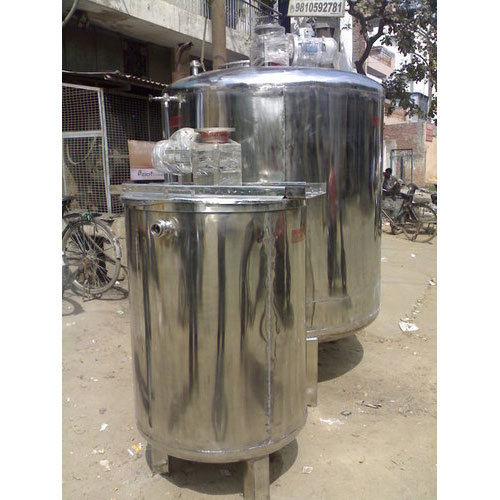
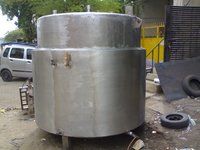
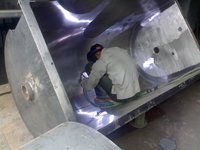
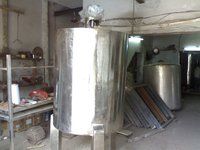
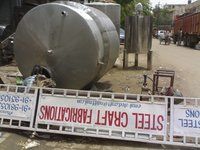
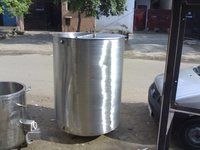





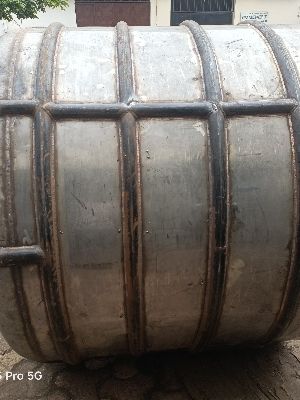


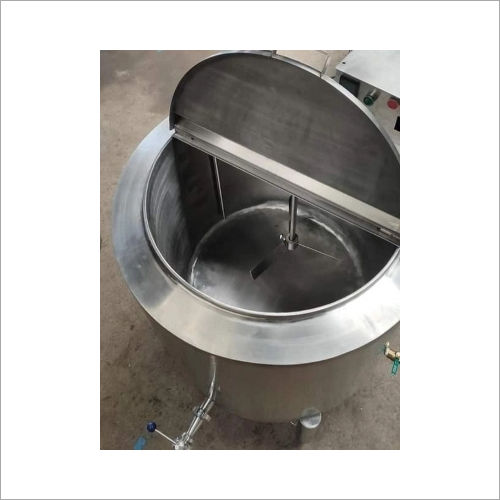


 Send Inquiry
Send Inquiry Send SMS
Send SMS Call Me Free
Call Me Free